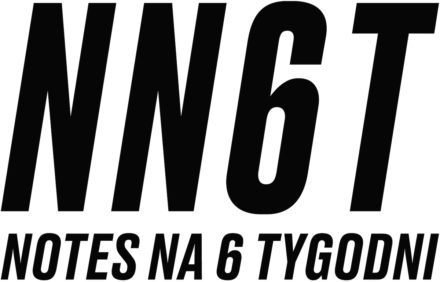The Seeing Stones and Spaces Beyond the Valley
We reveal the title and main threads of Biennale Warszawa 2022
Networks, algorithms, artificial intelligence and Tolkien’s palantírs – these are the main threads of the second edition of the biennale, titled The Seeing Stones and Spaces Beyond the Valley.
Until quite recently, narratives about technologies drew from the progressive lexicon, while the political imagination of digital creators, as well as technology users, was organised by the ideas of social change, progress and building interpersonal relationships. However, for over a dozen years, the Silicon Valley has been transforming into a recreational centre adhering to ultraconservative values. Digital technologies increasingly rarely serve emancipation, and more and more often they become a tool of domination. The freedom to create was replaced by surveillance. As a result, we are facing a paradox: cutting edge, technologically advanced enterprises support backward ideologies. What had previously been hidden behind the progressive message is today revealed. With increasing frequency we see that digital technologies become the most important field of battle for our future. What are the main axes of this conflict? Where to look for alternatives to digital authoritarianism? We will look for the answer to these questions during Biennale Warszawa 2022.
The world of fantasy and the world of digital technologies have more in common than we think. The seeing stones created by the elves – Tolkien’s palantírs – have become the inspiration for Peter Thiel to name his company that deals with advanced Big Data analytics: Palantir Technologies. For many years is served intelligence and military purposes, working for the government agencies of the US and Western countries by providing the Gotham Analytics platform. One of the objectives inscribed in the company strategy is protecting the interests of the Western world, and Tolkien’s slogan “Save the Shire” appears on employee T-shirts and in the company offices interior decoration. The Shire, a green realm of the hobbits – both idyllic and conservative, remaining unchanged for centuries – is, of course, the West. And while in the 1960s and 70s The discussion on technologies was conducted within the progressive and utopian sci-fi order, today the imagination of technology creators from the Silicon Valley is permeated by the images and metaphors from the fantasy genre. How did this shift come about?
Referring to Palantir’s history, it is easy to indicate the ideological turn in the Silicon Valley. Moreover, using “the seeing stones” one can also notice invisible elements of the intertwining of technology with the capital. Although metaphors describing the Internet suggest its transience, the invisible algorithm factory has very material basis and infrastructure. It is composed of cables running across the ocean floor, huge data processing centres, satellites and transmission towers which shape current geopolitics, often reinforcing old colonial relations. The ostensible abstraction of the digital reality is based not only on the use of natural resources necessary for the manufacturing of electronic devices, but also on exploitation of our work and ourselves – our emotions, awareness and unawareness, which are collected as data in vast databases. The AI that reads it creates the impression its assessments are neutral, but at the same time it rejects everything that is non-normative.
How to go beyond this conservative digital model?
Are algorithms capable of taking into account those expressions of humanity which do not lend themselves to behavioural calculations?
Why is artificial intelligence capable only of taking, never giving anything from itself?
These and similar questions are what interests artists invited to participate in Biennale Warszawa 2022.
Alongside critical works which show how the limits of freedom are established by technological giants, during Biennale we will also see projects oriented towards the future and proposing other ways of managing the web and the world. We will presented devices that enable various forms of resistance, such as the keyboard which gives access to the web in places where the state blocks the Internet. The exhibition will feature the works of artists and researchers who use their own, advanced algorithms and software, build systems for coding information in plant DNA and create prototypes that enable disrupting the operation of surveillance systems.
The participants of the exhibition and the integrated public programme will include artists from all over the world, researchers, designers, scientists and activists, as well as Polish and international institutions, organisations, and representatives of informal and formal initiatives. The second edition of Biennale Warszawa will be held in June and July 2022.
Biennale Warszawa 2022
“The Seeing Stones and Spaces Beyond the Valley”
3.06—17.07.2022
Organiser: Biennale Warszawa, Instytucja Kultury m.st. Warszawa;
Curatorial team: Paweł Wodziński, Bartosz Frąckowiak, Anna Galas-Kosil
Visual identification: Jakub de Barbaro
Architectural design: CENTRALA (Małgorzata Kuciewicz, Simone De Iacobis)
Production: Marta Michalak, Ela Petruk, Ewa Kozik
PR and communication: Agnieszka Tiutiunik, Magdalena Jankowska, Przemek Rydzewski
Publishing: Aleksandra Kardaczyńska








